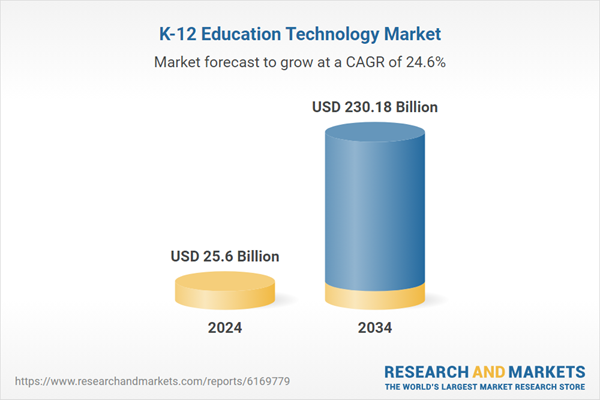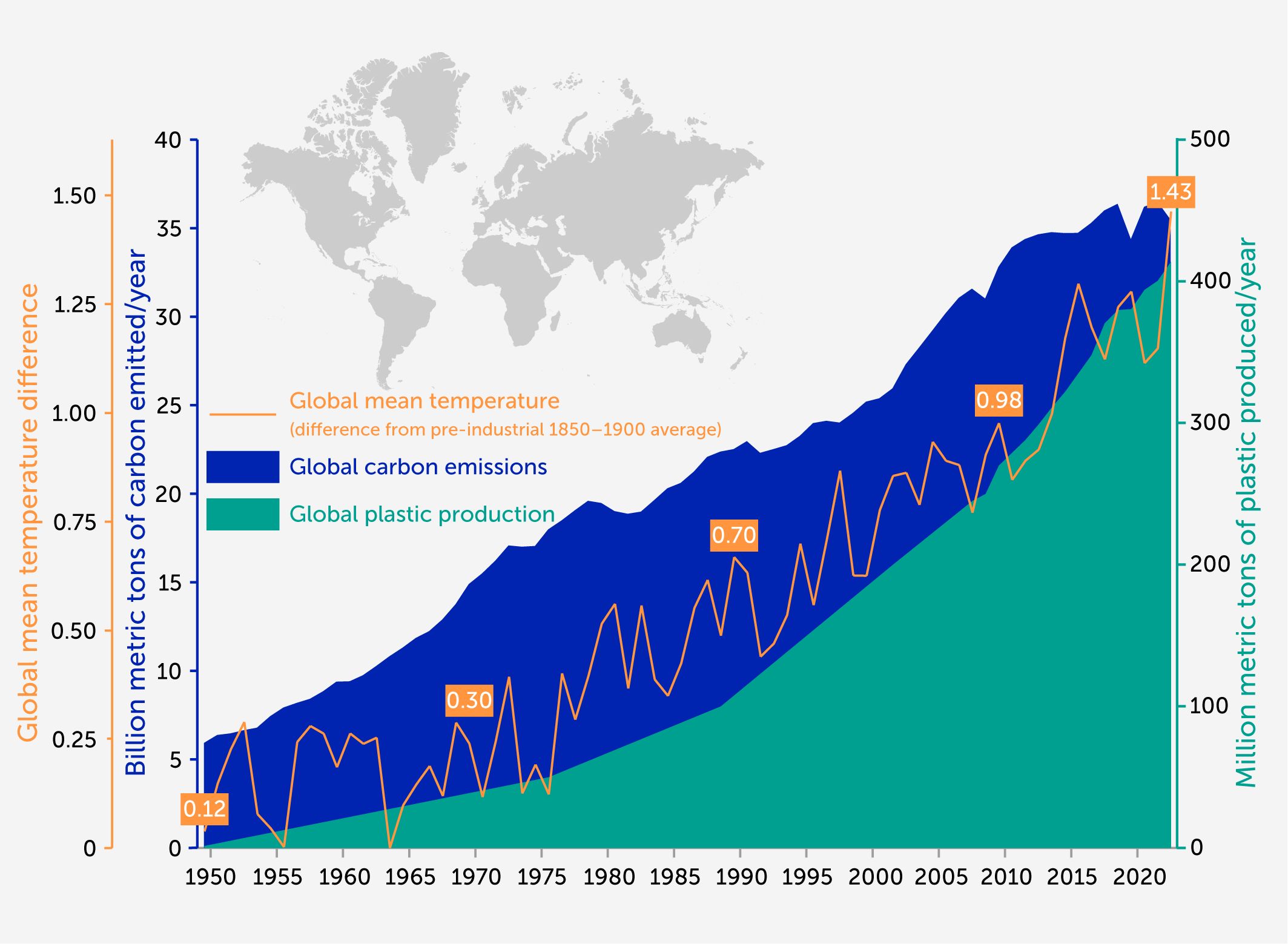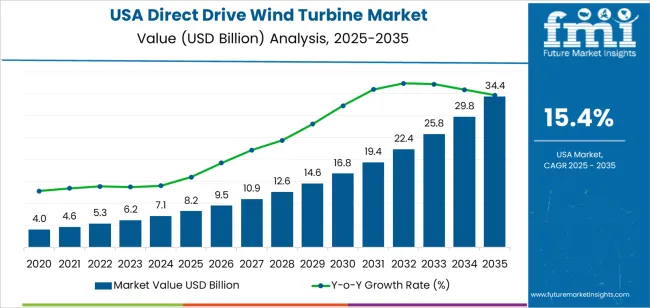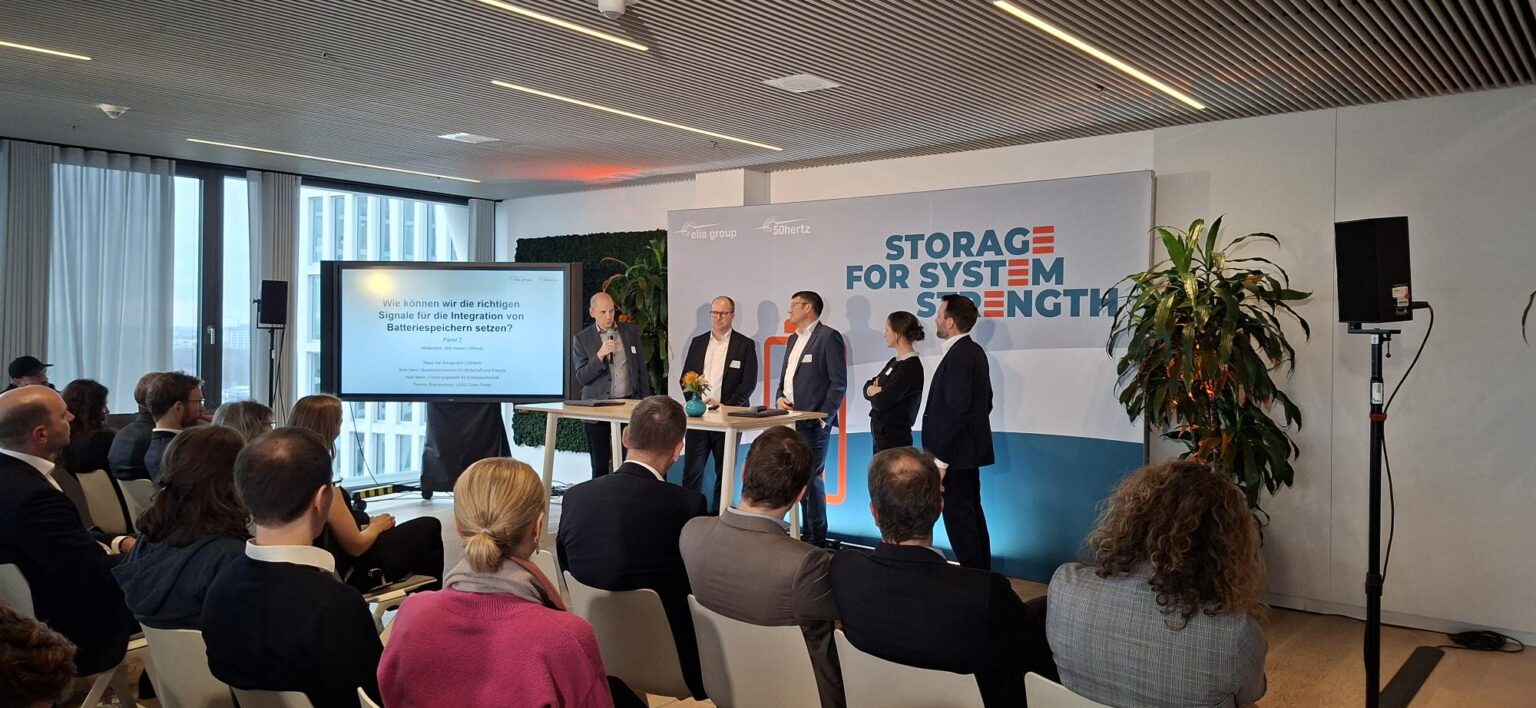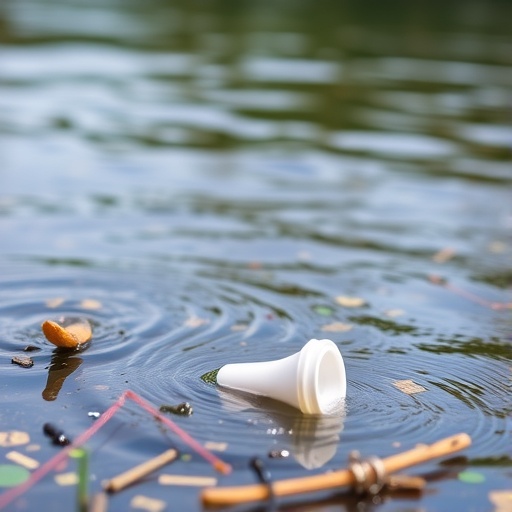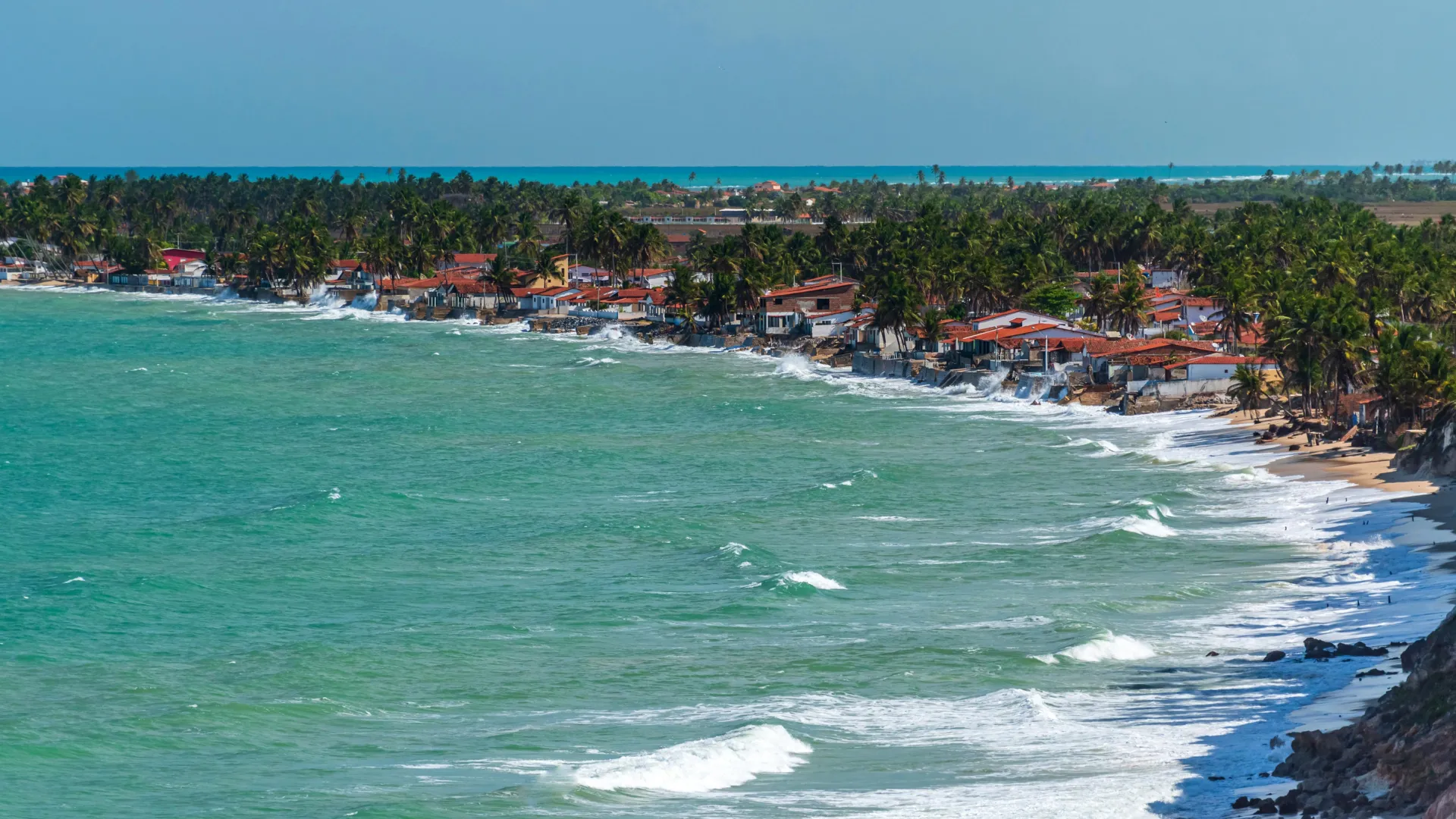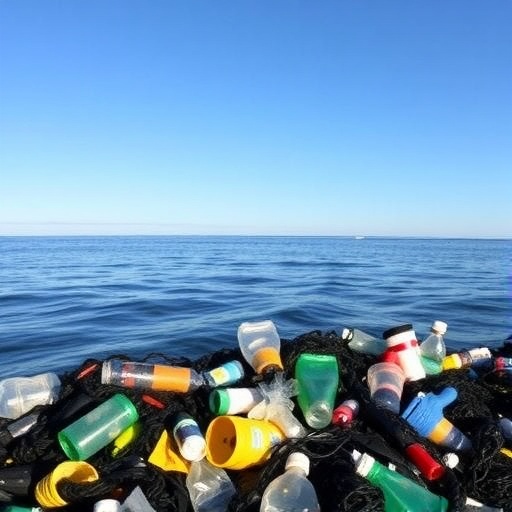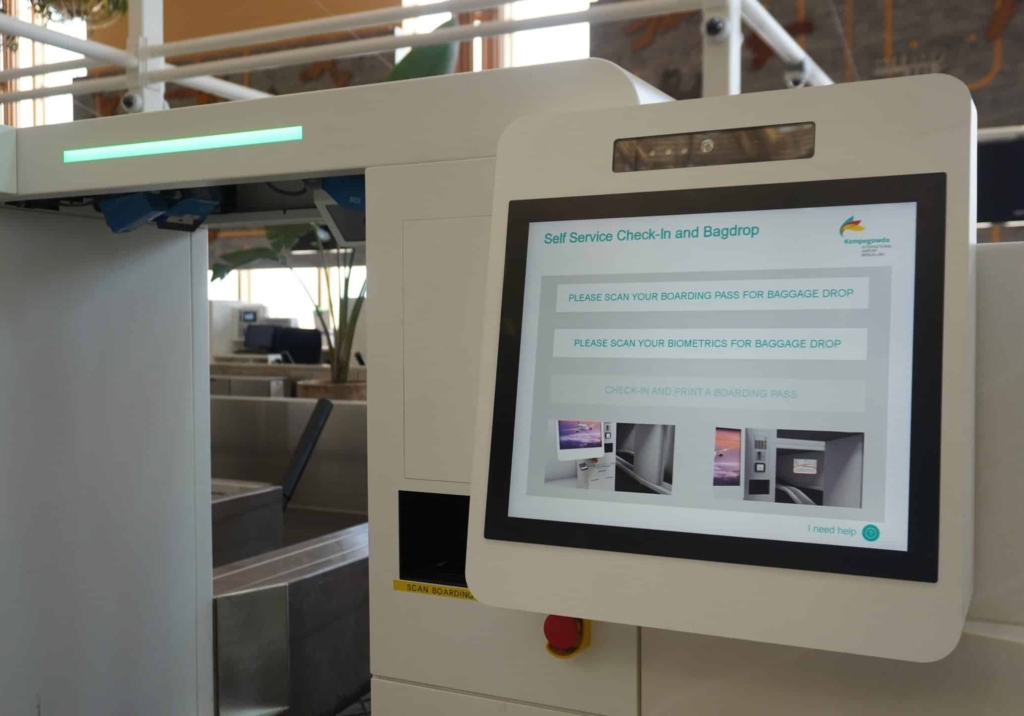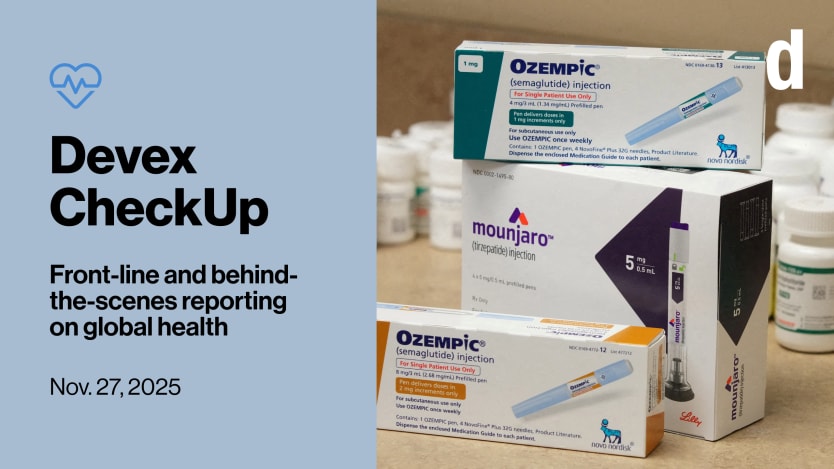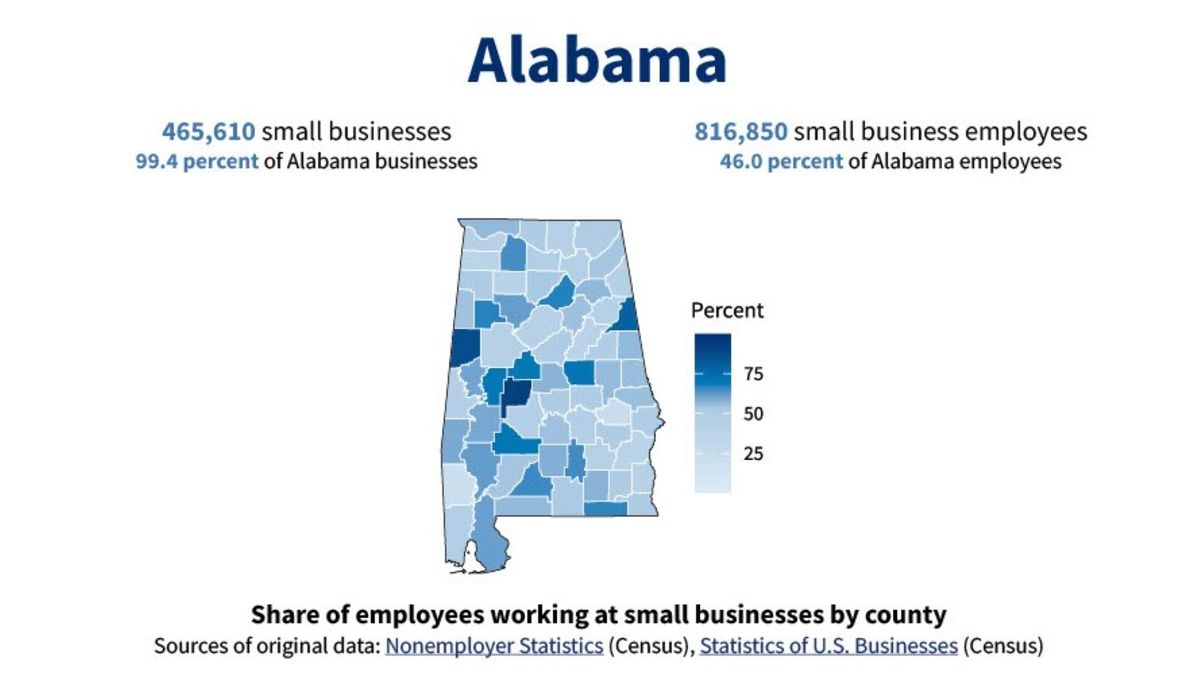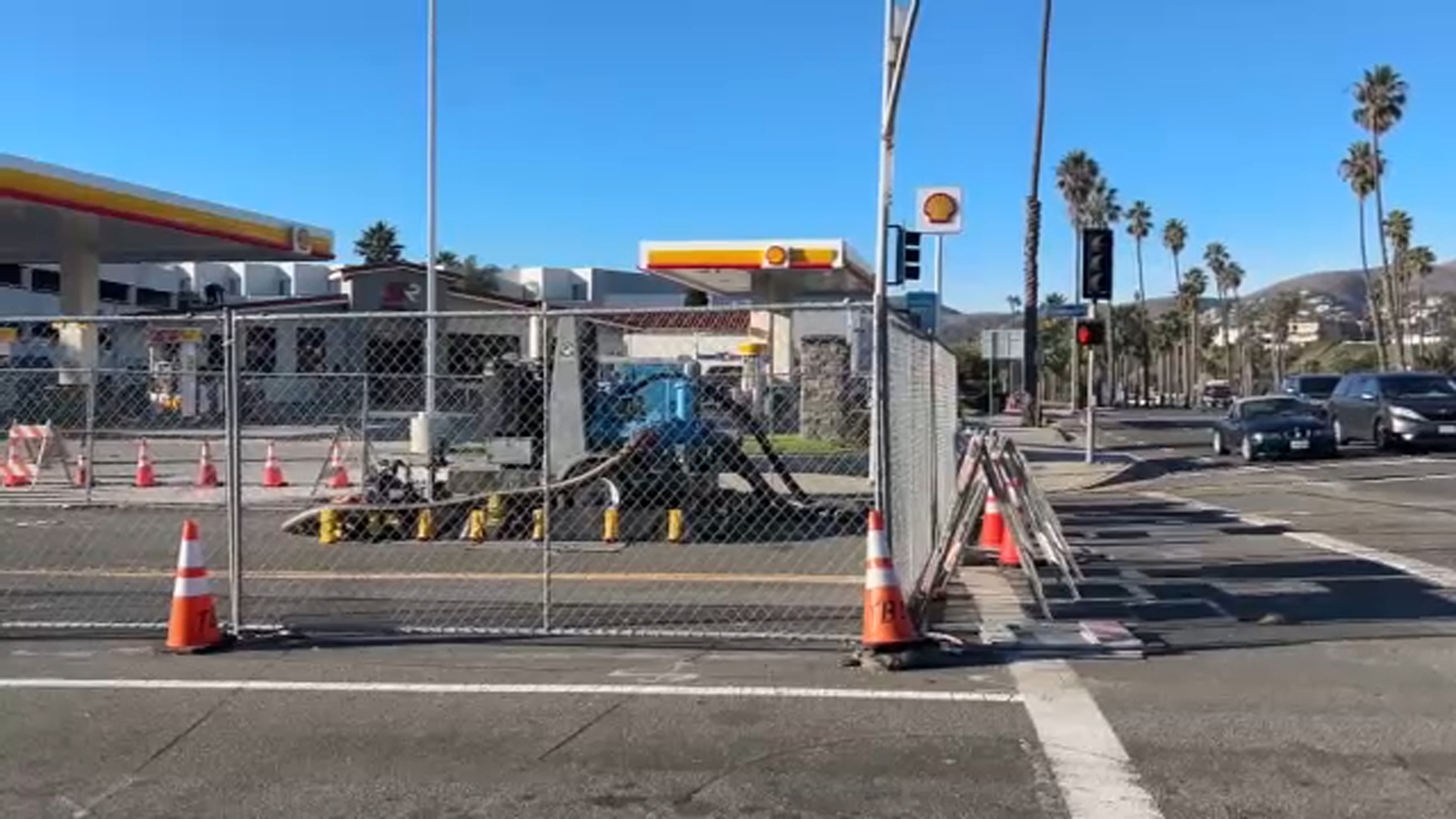Troubled waters? The future of drinking water in the U.S. – YaleNews

Report on Emerging Threats to Drinking Water Quality and Alignment with Sustainable Development Goals
Ensuring access to safe and clean drinking water is a cornerstone of public health and sustainable development, directly aligning with Sustainable Development Goal 6 (SDG 6): Clean Water and Sanitation. However, a range of chemical, environmental, and regulatory challenges threaten this fundamental resource. This report analyzes key contaminants, the impact of climate change, and consumption patterns, framing them within the context of the United Nations Sustainable Development Goals (SDGs).
Chemical Contamination and Public Health Imperatives (SDG 3 & SDG 6)
The presence of chemical contaminants in drinking water poses a significant risk to human health, undermining progress towards SDG 3: Good Health and Well-being. Two prominent examples are fluoride and Per- and Polyfluoroalkyl Substances (PFAS).
Fluoride Exposure and Developmental Health
While fluoride is used for dental health, recent data necessitates a re-evaluation of exposure levels. New studies have indicated a potential link between fluoride exposure above certain target levels and lower IQ in children. This finding highlights a critical public health trade-off that must be carefully managed to protect developmental health outcomes in line with SDG 3.
Per- and Polyfluoroalkyl Substances (PFAS)
PFAS, known as “forever chemicals,” represent a persistent and widespread threat to water quality and public health. Their chemical structure, featuring a highly stable carbon-fluorine bond, leads to extreme persistence in the environment and human bodies.
- Sources of Contamination: PFAS enter water systems through various pathways, reflecting challenges in achieving SDG 12: Responsible Consumption and Production.
- Industrial manufacturing sites and improper waste disposal.
- Use of firefighting foams, particularly at airports and military bases.
- Leaching from consumer products such as non-stick cookware, stain-resistant textiles, and food packaging.
- Health Impacts: The widespread presence of PFAS, estimated to be in 90% of U.S. drinking water, is linked to severe health issues that directly challenge the targets of SDG 3. These include:
- Endocrine disruption
- Cancer
- Adverse reproductive effects
- Suppression of the immune system and decreased vaccine efficacy
Regulatory Frameworks and Sustainable Governance
Effective governance is crucial for safeguarding water resources. However, the process for establishing national limits on contaminants like PFAS is slow and complex, often failing to keep pace with scientific evidence and hindering the achievement of SDG 6.
Challenges in Setting Contaminant Limits
The U.S. Environmental Protection Agency (EPA) sets Maximum Contaminant Levels under the Safe Drinking Water Act. This process allows for the consideration of technological and economic feasibility alongside public health, which can delay implementation. The decades-long effort to pass the first national PFAS standards, which now face potential delays, illustrates a systemic inefficiency in protecting the public from known chemical threats.
Climate Change Impacts on Water Security (SDG 13 & SDG 6)
Climate change, the focus of SDG 13: Climate Action, poses a multifaceted threat to the safety and availability of drinking water, directly impacting water security.
Threats from Extreme Weather Events
- Droughts: Increasing frequency and intensity of droughts lead to water scarcity and strain existing water supplies.
- Wildfires: Beyond immediate destruction, wildfires result in the deposition of fire-retardant chemicals into soils and waterways, contaminating water sources.
- Sea Level Rise: Rising seas can cause saltwater intrusion into coastal freshwater aquifers, rendering them unusable for drinking.
- Floods and Storms: Extreme precipitation events can overwhelm water treatment infrastructure and wash chemical contaminants from industrial and agricultural sites into waterways.
Individual Actions and Sustainable Consumption (SDG 12)
While systemic solutions like evidence-based federal standards are paramount, individual choices in consumption also play a role. These choices, however, must be evaluated for their broader environmental impact to align with SDG 12: Responsible Consumption and Production.
Water Filtration Solutions
For households seeking to reduce chemical exposure, several filtration technologies are available, though they vary in effectiveness and cost.
- Activated Carbon Filters: These common filters (e.g., faucet-mounted or pitcher-style) can remove chlorine, some metals, and some PFAS but are not comprehensive.
- Reverse Osmosis Filters: A more effective but expensive option that uses a membrane to remove a much wider range of chemicals.
Environmental Impact of Bottled Water
Relying on bottled water is an unsustainable alternative that conflicts with multiple SDGs. While some bottled water undergoes extra purification, its consumption has significant negative consequences:
- Plastic Pollution: The vast majority of single-use plastic bottles are not recycled, polluting terrestrial and marine ecosystems and undermining SDG 14: Life Below Water and SDG 15: Life on Land.
- Climate Impact: The production of plastic bottles is petroleum-intensive and releases greenhouse gases, contributing to climate change (SDG 13).
- Health Concerns: Plastic bottles can leach endocrine-disrupting chemicals (phthalates) and microplastics into the water, creating a secondary health risk (SDG 3).
Analysis of Sustainable Development Goals in the Article
1. Which SDGs are addressed or connected to the issues highlighted in the article?
-
SDG 3: Good Health and Well-being
- The article directly connects chemical contaminants in water to adverse health outcomes. It mentions studies linking fluoride exposure to “lower IQ levels in children” and lists that PFAS have been linked to “endocrine disruption, cancer, reproductive effects, decreased effects on our immune system, [and] decreased efficacy of vaccines.”
-
SDG 6: Clean Water and Sanitation
- The central theme of the article is the contamination of drinking water. It highlights the widespread presence of PFAS, stating that “90% of drinking water in the U.S. contains PFAS,” which directly challenges the goal of ensuring safe drinking water for all.
-
SDG 12: Responsible Consumption and Production
- The article discusses the environmental consequences of consumer choices, specifically the use of bottled water as an alternative to tap water. It points out that “only a tiny fraction of the millions of plastic bottles we use actually get recycled,” highlighting issues with waste generation and management. The production of these bottles also “uses petroleum and releases greenhouse gases.”
-
SDG 13: Climate Action
- The article explicitly details how climate change threatens drinking water safety. It mentions that “increasing intense droughts can affect our water supplies,” wildfires deposit “fire-retardant chemicals” into waterways, “rising sea levels can create saltwater intrusion,” and “floods and storms can release chemicals into our waterways.”
-
SDG 14: Life Below Water
- The impact of plastic waste from bottled water is linked to marine pollution. The article states that most used plastic bottles end up “polluting streets, rivers, and oceans,” which directly relates to the health of aquatic ecosystems.
2. What specific targets under those SDGs can be identified based on the article’s content?
-
Target 3.9
- By 2030, substantially reduce the number of deaths and illnesses from hazardous chemicals and air, water and soil pollution and contamination. The article’s focus on the health risks of fluoride and PFAS, such as cancer and endocrine disruption, directly aligns with this target of reducing illness from water pollution.
-
Target 6.1
- By 2030, achieve universal and equitable access to safe and affordable drinking water for all. The statistic that 90% of U.S. drinking water contains PFAS demonstrates a failure to provide “safe” drinking water, making this target highly relevant.
-
Target 6.3
- By 2030, improve water quality by reducing pollution, eliminating dumping and minimizing release of hazardous chemicals and materials… The article identifies sources of PFAS contamination as “improper disposal of PFAS at manufacturing sites” and the release of chemicals from firefighting foams and household products, which are forms of pollution this target aims to reduce.
-
Target 12.5
- By 2030, substantially reduce waste generation through prevention, reduction, recycling and reuse. The critique of bottled water, noting that “only a tiny fraction of the millions of plastic bottles we use actually get recycled,” directly addresses the problem of waste generation and inefficient recycling systems.
-
Target 13.1
- Strengthen resilience and adaptive capacity to climate-related hazards and natural disasters in all countries. The article’s discussion of how extreme weather events like floods, droughts, and wildfires impact water infrastructure and quality points to the need for greater resilience in water systems, which is the focus of this target.
-
Target 14.1
- By 2025, prevent and significantly reduce marine pollution of all kinds, in particular from land-based activities, including marine debris… The mention of plastic bottles “polluting streets, rivers, and oceans” directly identifies a land-based activity that results in marine debris, a key concern of this target.
3. Are there any indicators mentioned or implied in the article that can be used to measure progress towards the identified targets?
-
Indicator for Target 3.9
- Implied Indicator: The article discusses the setting of “maximum contaminant levels” for chemicals like PFAS by the Environmental Protection Agency. The level and prevalence of hazardous chemicals in drinking water serve as an implied indicator for measuring exposure and risk of illness from water contamination.
-
Indicator for Target 6.1
- Mentioned Indicator: The statistic that “90% of drinking water in the U.S. contains PFAS” is a direct quantitative measure of the proportion of the water supply that is not safely managed, relating to Indicator 6.1.1 (Proportion of population using safely managed drinking water services).
-
Indicator for Target 12.5
- Mentioned Indicator: The statement that “only a tiny fraction of the millions of plastic bottles we use actually get recycled” is a qualitative indicator of the national recycling rate (Indicator 12.5.1), suggesting it is very low for this specific waste stream.
-
Indicator for Target 14.1
- Mentioned Indicator: The description of plastic bottles “polluting streets, rivers, and oceans” serves as a direct, observable indicator of plastic debris density in marine and freshwater environments (related to Indicator 14.1.1).
SDGs, Targets and Indicators
| SDGs | Targets | Indicators |
|---|---|---|
| SDG 3: Good Health and Well-being | Target 3.9: Substantially reduce illnesses from hazardous chemicals and water pollution. | Implied: The establishment and enforcement of “maximum contaminant levels” for chemicals like PFAS and fluoride in drinking water. |
| SDG 6: Clean Water and Sanitation | Target 6.1: Achieve universal access to safe and affordable drinking water. | Mentioned: The statistic that “90% of drinking water in the U.S. contains PFAS,” which measures the lack of safely managed water. |
| Target 6.3: Improve water quality by reducing pollution and minimizing the release of hazardous chemicals. | Implied: The presence of contaminants from sources like “improper disposal of PFAS at manufacturing sites” and “fire-retardant chemicals” in waterways. | |
| SDG 12: Responsible Consumption and Production | Target 12.5: Substantially reduce waste generation through reduction and recycling. | Mentioned: The qualitative statement that “only a tiny fraction of the millions of plastic bottles we use actually get recycled.” |
| SDG 13: Climate Action | Target 13.1: Strengthen resilience to climate-related hazards and natural disasters. | Implied: The documented impact of extreme weather events (floods, droughts, wildfires) on water quality and infrastructure. |
| SDG 14: Life Below Water | Target 14.1: Prevent and significantly reduce marine pollution from land-based activities. | Mentioned: The observation of plastic bottles “polluting streets, rivers, and oceans” as a measure of marine debris. |
Source: news.yale.edu

What is Your Reaction?
 Like
0
Like
0
 Dislike
0
Dislike
0
 Love
0
Love
0
 Funny
0
Funny
0
 Angry
0
Angry
0
 Sad
0
Sad
0
 Wow
0
Wow
0




